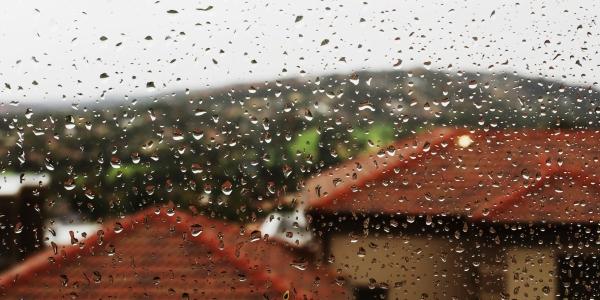Spring Cleaning Safety

By Michael Pratt, OSEA, NWIR Education Committee.
Now that daylight savings time has passed, just like the days, everyone’s to-do list has grown longer with the addition of Spring cleaning.
Working from home has its own set of challenges and potential risks. At work, you ensure that you and your employees have the proper PPE (personal protective equipment) for the job at hand. You should follow the same protocol at home. Similar to a job hazard analysis at work you can put the same method into practice at home. Evaluate the task at hand.
Specifically, if you are cleaning your gutters the first rule should be to inspect your ladder to make sure it is in good working order. This means the ladder’s rungs are not bent or corroded by rust, ensure any bolts or screws are secure and the labeling on the side of the ladder indicates the correct weight allowed and application. Use best work practice and try to always have an assistant/spotter on hand and at the ready.
In 2017, 36,338 people in the US died from a fall. Falls are the second-highest risk of death at home. The statistics I’m referencing don’t break out the falls by the elderly versus falls from at heights or any level of elevation. Injuries due to falls are the leading cause of nonfatal injuries. While on the ladder make sure your footing is secure on each rung, and never use the top rung or try to maneuver reaching leaves, twigs or other items obstructing the gutter that you have to stretch to reach. It is better to go up and down the ladder a number of times, secure your footing and be able to easily reach the area you are working in than lean too far and fall off the ladder. If you are working on a single-story home, a four-legged stepladder should provide adequate height. A two-story home would be best served using an extension ladder. You could use a five-gallon bucket secured with a lanyard to collect debris from your gutters while on the ladder.
As a good practice of using proper PPE wearing protective safety glasses or goggles will prevent most eye injuries. You should never attempt to clean gutters where power lines are exposed or may be loose. Have a professional, licensed electrician aid in repairing any low hanging power lines. If there are power lines near where you are working a fiberglass ladder is a safer option. Gloves will help in not having debris poke you in the hand or touching whatever could be hiding in those leaves and twigs.
Once you have all your proper PPE in place, your ladder inspected and your debris bucket in place starts by clearing the leaves and other debris from the rooftop. Use a rake or broom and make sure where you are removing debris is easily reachable. Using a plastic “gutter scooper” will make your job easier and safer as you won’t be grabbing the debris with your gloved hands. While clearing the gutters make sure you unclog the downspouts to allow for ample water flow from rain or snowmelt. If you aren’t sure you can safely clean your gutters, call a professional.
If you have educational content to share with NWiR, send it to Education@nationalwomeninroofing.org .






















Comments
Leave a Reply
Have an account? Login to leave a comment!
Sign In